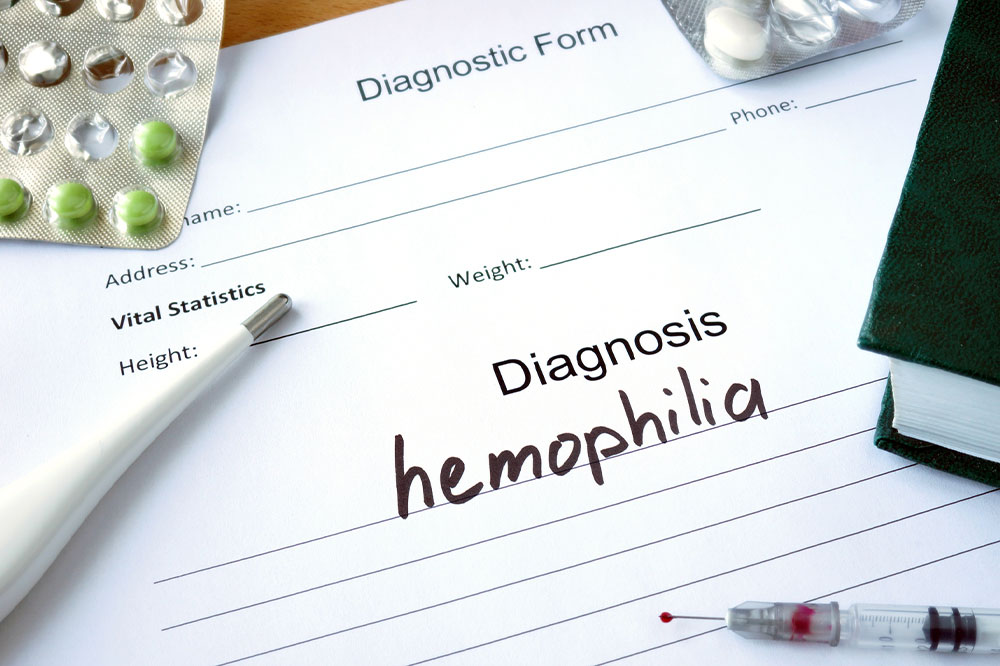4 effective ways to manage hemophilia

Hemophilia is a health condition in which the patient’s blood fails to clot normally due to the absence of clotting factors like Factor VIII and Factor IX. In most cases, this disease is genetically passed through generations, mainly affecting males. In patients with low clotting factors, spontaneous and injury-related bleeding can have fatal results. According to CDC, 12 people per 100,000 males in the country have hemophilia A. Here are four ways to manage the disease:
Effective trea tment options
Even though this condition is non-curable, there are ways to minimize symptoms and keep it under control. The treatment varies as per the type of disease detected in the patient. It is important to remember that the main purpose of the treatment is to reduce bleeding and promote blood clotting.
Hemlibra, Recombinant Factor Concentrates, and Kovaltry are three different types of treatment advised for patients suffering from this kind of blood disorder.
Hemlibra
This is prophylaxis that needs to be prescribed by a practicing health professional. It is given to patients suffering from Hemophilia A, and its main objective is to reduce bleeding in the patient. It is prescribed for newborns, kids of all ages, and adults alike.
Recombinant Factor Concentrates
These are derived from animal cells that use the human gene to make the factor protein.







